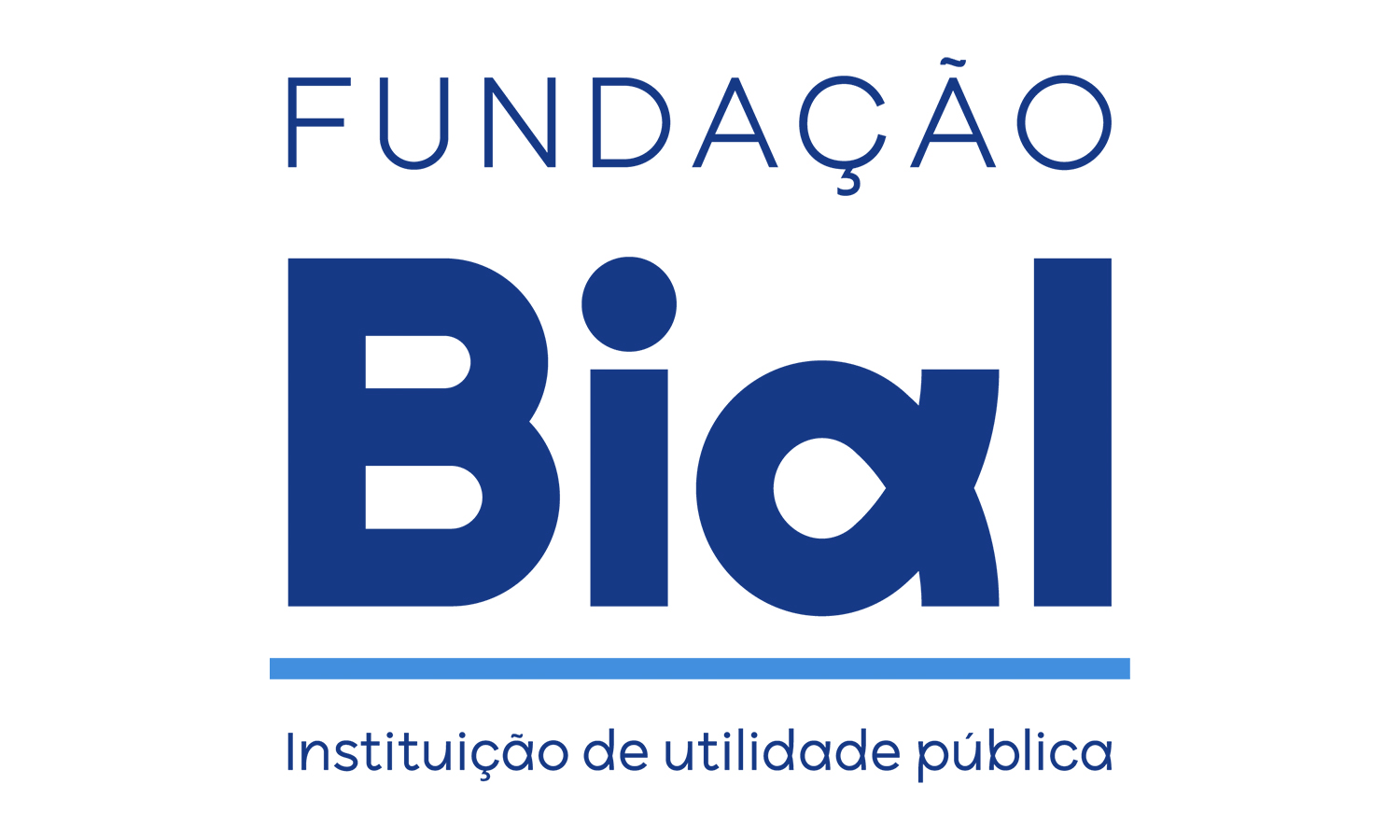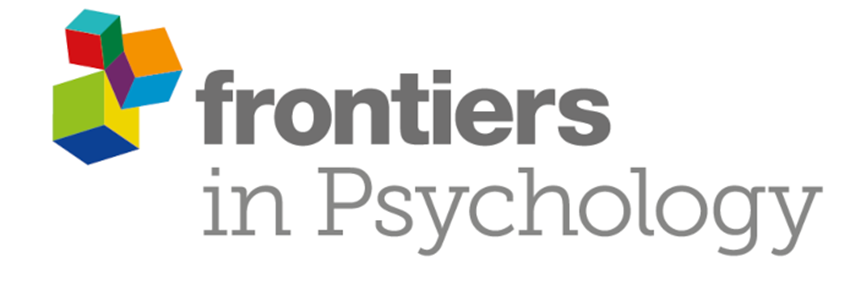As crenças no paranormal (PB) e em teorias da conspiração (CT) têm sido associadas ao sentido da vida, um indicador fundamental de bem-estar. No entanto, a investigação tende a tratar estas crenças de forma indiferenciada e raramente considera o papel de fatores positivos, como a autoestima e a criatividade, na forma como estas crenças se relacionam com a saúde psicológica. Além disso, PB e CT estão ligadas à esquizotipia, um traço de personalidade que envolve perceções incomuns, pensamento mágico e uma atribuição intensa de significado a experiências, influenciando potencialmente a construção de sentido pessoal. Uma equipa liderada por Neil Dagnall analisou 647 participantes ao longo de quatro momentos e recorreu à Análise de Perfis Latentes para identificar subgrupos de crenças com base em PB, CT e esquizotipia. Emergiram dois perfis: ideação baixa e ideação elevada. O perfil de ideação elevada, caracterizado por níveis mais altos de crença no paranormal, teorias da conspiração e traços esquizotípicos, prediz maior procura de sentido ao longo do tempo, bem como níveis mais altos de criatividade (autoeficácia e identidade criativas). A autoeficácia criativa aumentou a autoestima, que, por sua vez, se associou a uma maior presença de sentido. Já a identidade criativa relacionou-se negativamente com a autoestima, mas positivamente com a presença e a procura de sentido. Estes resultados sugerem que crenças não convencionais, longe de serem meramente disfuncionais, podem refletir formas alternativas e psicologicamente ricas de atribuir significado à existência. Este estudo foi publicado na revista científica Frontiers in Psychology, no artigo Examining the degree to which paranormal belief and conspiracy endorsement influence meaning in life: Sequential mediating effects of creativity and self-esteem, no âmbito do projeto de investigação 51/22 - Enhanced well-being and psychological adjustment: The psychological benefits of paranormal endorsement, apoiado pela Fundação BIAL.
ABSTRACT
Via a shared link with schizotypy, paranormal belief (PB) and conspiracy theory endorsement (CT) influence meaning in life (presence and search). This association is important because meaning in life (particularly presence) is a significant prognosticator of positive wellbeing. Despite this, previous research in this domain remains limited. Major restrictions include the assumption that belief is homogeneous and the failure to consider how factors related to positive wellbeing (i.e., creativity and self-esteem) explain links between belief, schizotypy, and psychological health. Accordingly, based on PB, CT, and schizotypy, this study used Latent Profile Analysis (LPA) to identify belief subgroups. Analysis then employed sequential mediation to assess whether creativity and self-esteem mediated the relationship between belief and meaning in life. A sample of 647 participants completed measures at four time points, two months apart. At baseline, LPA identified two subgroups: Lower (Profile 1) vs. Higher (Profile 2) belief ideation. Path analysis revealed that Profile 2 (vs. Profile 1) predicted greater search over time. Moreover, Profile 2 predicted creativity (self-efficacy and personal identity), which, in combination with self-esteem, sequentially mediated the belief–meaning in life relationship. Explicitly, creative self-efficacy prognosticated greater self-esteem, which aligned with greater presence and lower search. Creative personal identity demonstrated a negative link with self-esteem but predicted both presence and search. Overall, higher scorers in PB, CT, and schizotypy were less driven to search and more likely to possess presence, as a function of confidence in their ability to find solutions to problems and self-esteem.

































































































